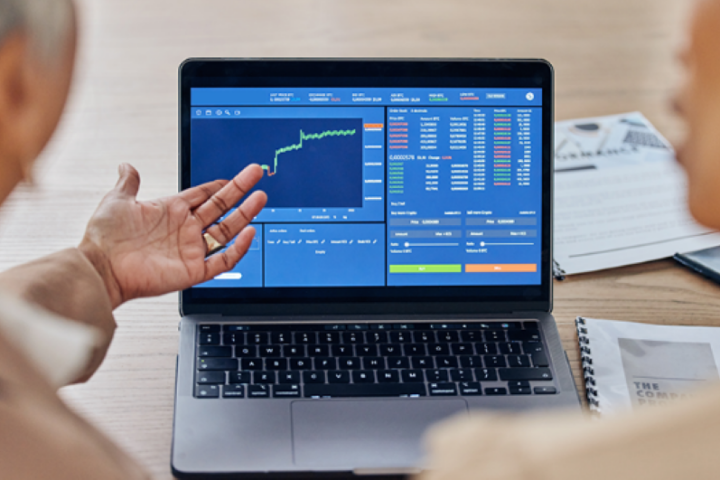China's economic growth rate slipped into single digits in the third quarter for the first time in at least four years under the impact of the global credit crisis and weakness in the domestic property sector.
Annual gross domestic product growth slowed more sharply than expected to 9.0 percent from 10.1 percent in the second quarter, the National Bureau of Statistics (NBS) said on Monday.
Economists had forecast a reading of 9.7 percent.
"It's very obvious now that economic growth is slowing quickly, although some indicators such as exports are holding up due to lagging effects," said Zhang Fan, an economist at Tebon Securities in Shanghai."
"Economic growth will continue to trend down," Zhang said.
It was not immediately possible to pinpoint when growth was last weaker because China does not publish new quarterly data when it revises its annual GDP figures.
Some economists calculate there was at least one weaker quarter in 2004. However, the last time full-year growth was in single digits was in 2002, when it was 9.1 percent.
Interpreting the third quarter's statistics is tougher than usual because Beijing pulled out all the stops to reduce pollution during the Olympics. This led to extensive factory closures as well as transport and visa curbs that hit output.
Industrial production slowed to 11.4 percent in the year to September, the lowest rate since 2002, suggesting that the economy was losing momentum as the quarter went on.
However, the pace of retail sales and fixed-asset investment growth both accelerated last month, beating forecasts and providing reassurance to policy makers counting on domestic demand to take up the slack from ebbing exports.
MORE WEAKNESS AHEAD
China has been contributing about a quarter of global growth in recent years, devouring iron ore, oil and other inputs, and will almost certainly leapfrog Germany this year to become the world's third-largest economy.
But the economy has been running into stiff headwinds, helping to depress the Reuters-Jefferies CRB index <.CRB> of global raw material prices to a four-year low last week.
"I'm looking for slower growth in the fourth quarter because that's when I think the external side will start to show a more negative impact," said Tao Wang, an economist at UBS Securities in Beijing.
The property market, which accounts for about a quarter of fixed-asset investment, is in a swoon due to tight credit and government curbs aimed at preventing the sort of bubbles that have felled the U.S. and British economies.
The closure last week of a big toy factory in southern China dramatised the difficulties facing the economy, which have prompted steel and aluminium firms to slash output because of slumping prices.
Officials confirmed over the weekend that the government is preparing measures to pump up growth, including tax cuts and stepped-up investment in infrastructure such as railways. Curbs on the real-estate market are already being eased in some cities.
Economists also expect more monetary easing, building on two cuts in interest rates and banks' required reserves since mid-September, especially as figures on Monday showed a further drop in inflation.
Consumer prices rose 4.6 percent in the year to September, down from 4.9 percent in August and a 12-year peak in February of 8.7 percent.
Pipeline prices pressures are also waning as oil and commodity prices retreat. Factory-gate inflation dropped to 9.1 percent in the year to September from 10.1 percent in August.







